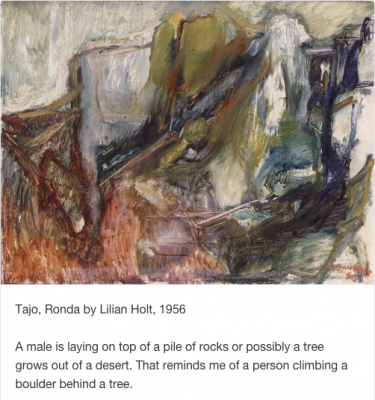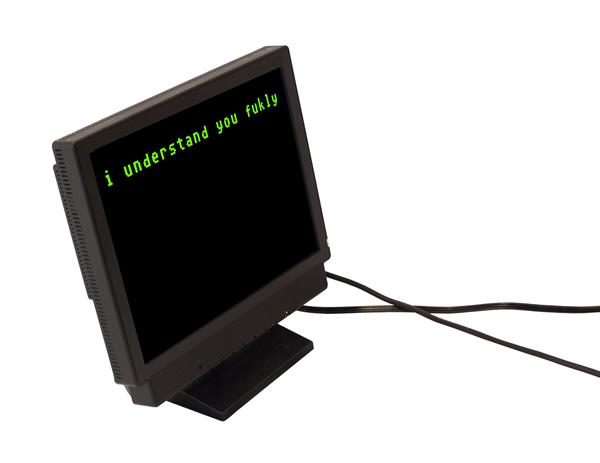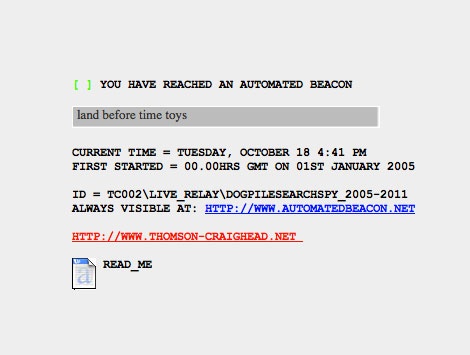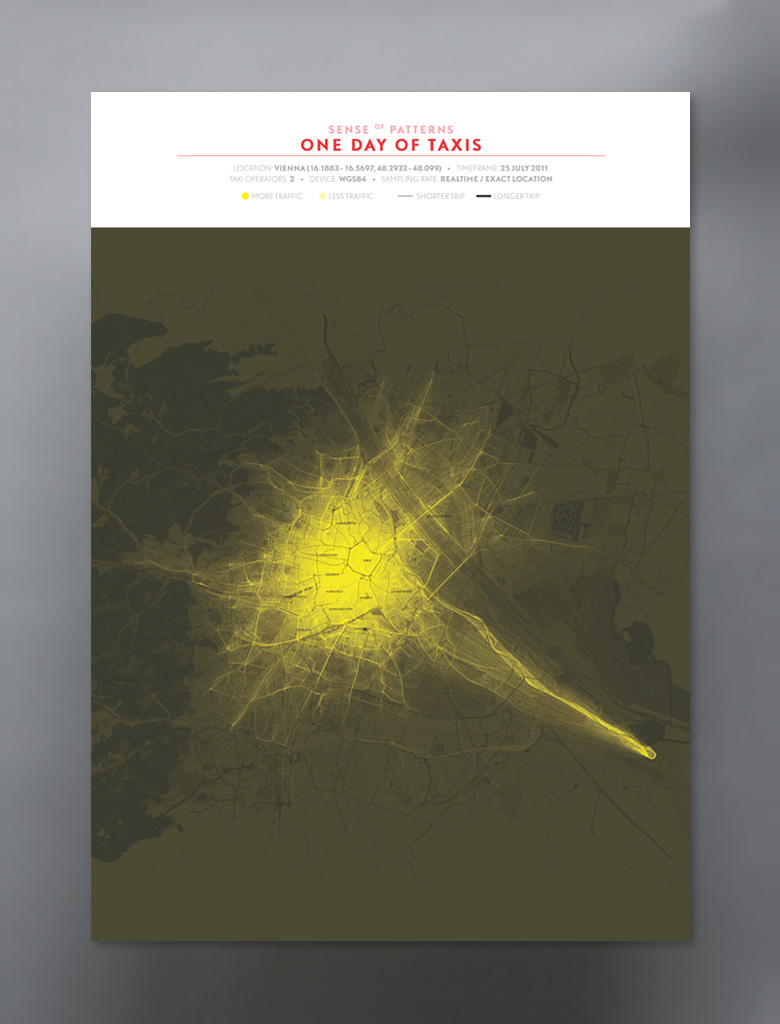Novice Art Blogger is a bot with a tumblr account that uses deep learning algorithms (super cool new stuff that only recently is starting to work pretty well) to blog its thoughts on various works of abstract art. This project was interesting to me because I’ve been really interested in bots lately, having recently found out about Darius Kazemi’s Twitter bots. Also, this is the first project I’ve seen to use image recognition software creatively.
The idea is very interesting, but I feel like the way the bot describes the artworks could be more complicated. The reason I think bots are so enjoyable to make is because, with a complex enough system, every now and then the program will spit out something surprising, funny, poetic, etc. This bot hasn’t really posted anything too crazy yet.
Adam Ferris’s 100000000 pixels is a giant explorable generative image. A sort of tiny universe is contained in the 10000×10000 frame, and the algorithm is complex enough to make the universe interesting.
I really like this project because it does something clever with algorithmically generated art. Many times generative images are simply just nice to look at, and most of the enjoyment comes from the novelty of the image or forms being randomly generated/infinitely many/created by a computer etc. This piece is visually influenced by op art and makes references to famous images taken by the Hubble Telescope (also, the artist has worked with ideas about space before) which made me imagine that the piece is more than imagery, and what the artist is actually doing is creating an entire world that, although not designed by any individual, is still a world filled with mystery and is something that people want to explore.



